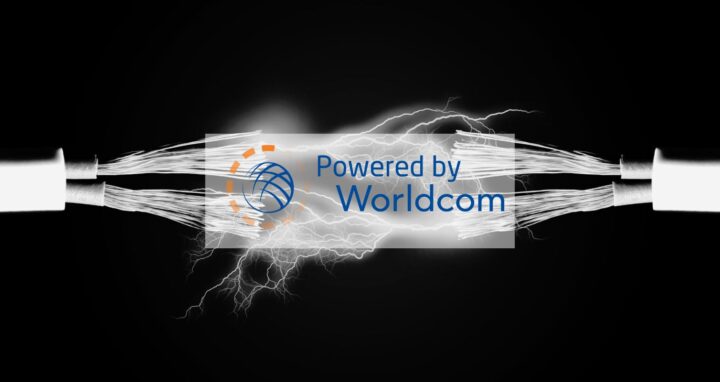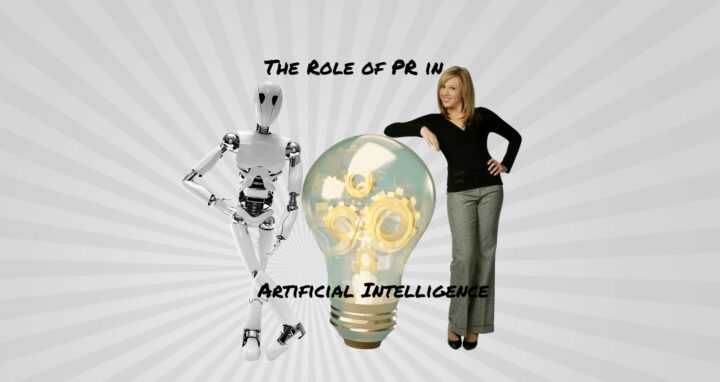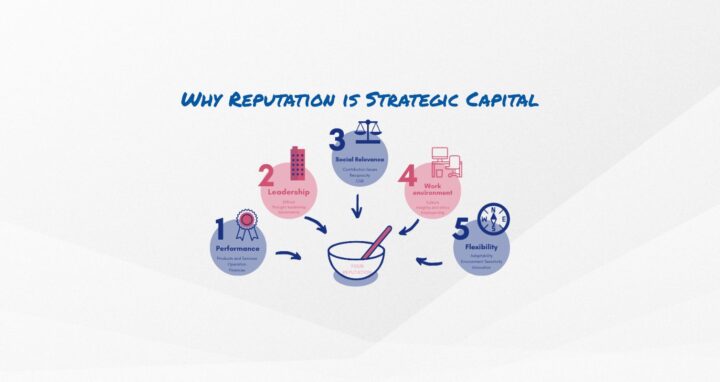As I flew home from a business conference this summer, I kept thinking about the same question: In today’s business environment, is risk to crisis what preparedness is to opportunity?
I had the pleasure of attending a National Association of Corporate Directors (NACD) event that focused on potential risks and strategic opportunities created by environmental and competitive disruptive forces. Corporate boards and senior leaders are having more conversations about disruptive forces on their organizations and their reputations – which from their perspectives, they can’t anticipate or control. I was disappointed that much of the conversation strayed away from the opportunity of reputation management and instead came down to crisis management.
Don’t get me wrong: Crisis management is an essential part of a comprehensive risk strategy for an organization. And, yes, we can all cite examples where a company’s reputation was damaged by disruptive forces outside their control.
But time spent on preparedness – assessing your reputational risk and identifying critical stakeholders in those risks — allows organizations to capitalize on the opportunities these disruptive forces also create. That preparation doesn’t just prevent crisis – it safeguards your corporate reputation, considered to be your organization’s most valuable intangible asset. Reputational risk can only be managed and opportunities realized if there is a common understanding of the risks that exist to your organization, the impact they can have and the likelihood of those events taking place.
Reputation risk management strategies are guided by an organization’s appetite for risk and the willingness to invest a significant amount in strategy now or the chance to incur even greater costs in the case of a crisis later. It’s a trade-off between making a proactive investment in times of normal operations and a reactive investment when adverse situations happen.
It’s a familiar give-and-take to most organizations. After all, traditional risk analysis is generally similar. But unlike traditional risk analysis, when I’m meeting companies struggling with how to manage their reputations, I see huge variances in how companies identify reputational risks are identified, how they are managed and who’s involved. Every organization seems to handle it differently: what internal stakeholder should be involved, what stakeholders need to be engaged externally and how to track the success of the reputation program.
The most important thing organizations can do to mitigate their reputation risks is to be inclusive and open a dialogue with their various stakeholders. Because they hold important insights to help you identify where your reputation might be vulnerable. They judge you, evaluate your trustworthiness and their support or criticism is critical to the resiliency of your organization.
Before you can build a preparedness and reputational risk management program, there needs to be a willingness to collaborate with various internal and external stakeholders to gain perspective and build mutual trust. Being proactive in anticipating future challenges can help organizations reduce cost, avoid being forced into reacting and create opportunities.
So, as you consider how to prepare for your reputational risks here are some questions to ponder:
- What level of risk is your organization prepared to accept?
- How vulnerable are you?
- What options can address these risks/opportunities relative to what is currently being done?
- What support is needed, and from whom?
Read other Worldcom Partner insights about Stakeholder, Public Relations and Employee Management.



